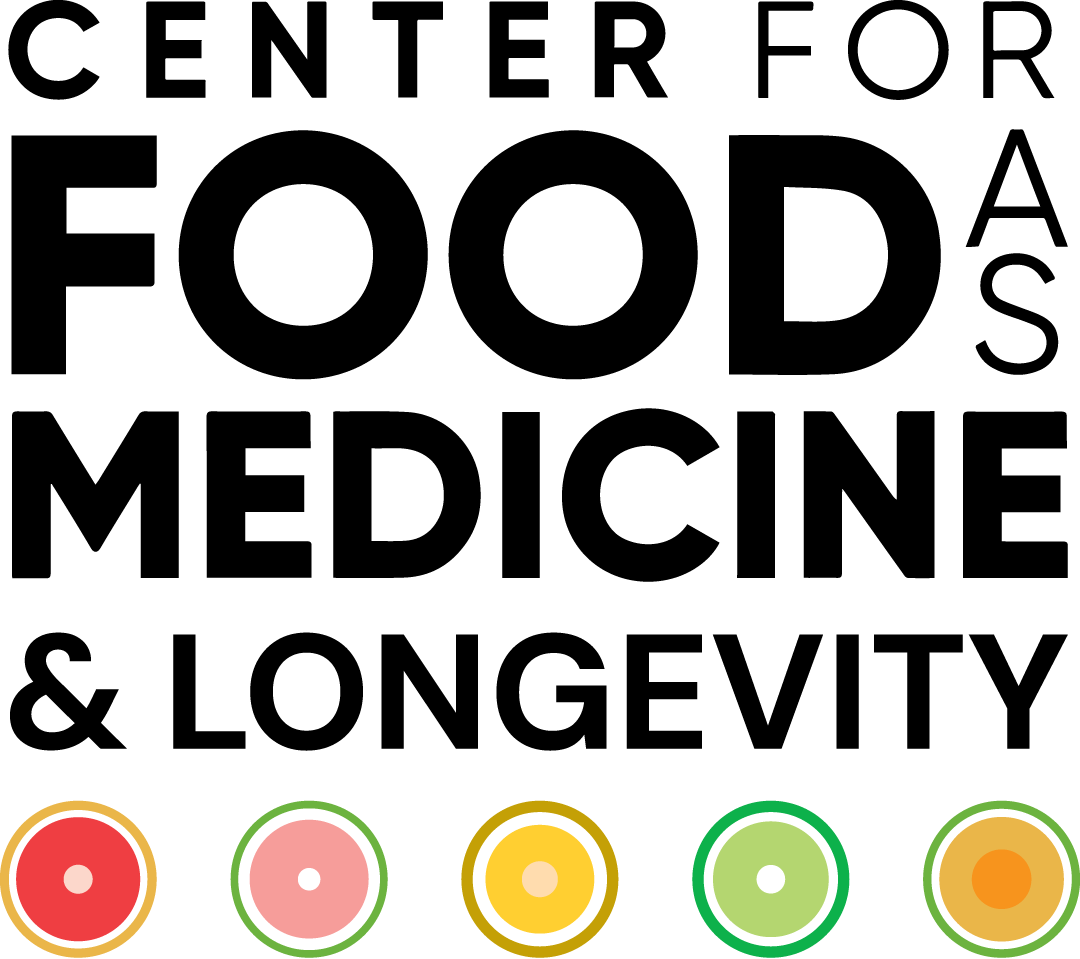“There is always a well-known solution to every human problem; neat, plausible, and wrong.”
— H.L. Mencken, The Divine Afflatus
This week, the Study Spotlight Takeaway starts with a disclaimer: the featured publication is an op-ed I recently penned for the Medical Economics journal that touches on the medical economics of ultraprocessed food and the need for fresh perspectives and new approaches in solving the food health equation and its relation to the current chronic disease epidemic.
With that being said, I’ll take the opportunity here to provide some additional background regarding some of the limitations of the current reductionist nutrient-centric approach that continues to dominate contemporary discussions and approaches despite a half-century of epic failures.
This concept, labeled as Nutritionism by Professor Scrinis of the University of Melbourne, Australia, is a linear form of reductionism. As is evident in the guidelines and recommendations, this methodology emphasizes the individual nutrients within food rather than the food itself.
In the 1980s, it was adopted by the government, preeminent institutions, and research leaders as the preferred – and, according to some, the only – valid scientific method by which to evaluate food and health.
Nutritionism is a form of Reductionism, which is: The practice of analyzing and describing a complex phenomenon in terms of phenomena that are held to represent a simpler or more fundamental level, especially when this is said to provide a sufficient explanation. Nutritionism examines a single nutrient and a single effect.
Such an approach was extremely effective during the birth of nutrition sciences in the age of deficiency diseases. In the setting of deficiency diseases, this method correlates to a finding that a lack of “X” nutrient below a certain threshold value causes disease “Y.” Restoring X at or above the threshold abolishes or prevents the disease state. This can be accomplished without using whole foods through supplementation or fortification of synthesized compounds.
This focus on strictly evaluating food’s health benefits in terms of its constituent nutrients continues to dominate contemporary discussions and approaches. A significant issue with this methodology is that it ignores the broader context of food and its impact on human health.
A nutrient-centric focus can lead to misconceptions about the healthfulness of certain food products and may overshadow the importance of overall dietary patterns, food quality, and the importance of the food experience. That is because the linear reductionism of Nutritionism equates the sum as merely equal to the parts, and thus, it focuses on:
- Isolating Nutrients, analyzing and emphasizing single nutrients to determine a food’s health value, often promoting specific nutrients as beneficial or harmful; heroes and villains, winners and losers, for example, proteins versus fats or antioxidants versus cholesterol.
- Simplistic Health Associations, trying to establish direct cause-and-effect relationships between individual nutrients and health outcomes. This overlooks the complexities of whole foods and dietary patterns.
- Supplementation or Avoidance, encouraging the use or avoidance of isolated nutrient supplements to address health issues, neglecting the benefits of whole foods.
It overlooks:
- Food Synergy, disregarding the interactions between various components within whole foods that can influence their overall health effects.
- Food Production, the fact that creating ultraprocessed foods designed for profit and shelf-life delivers or removes specific nutrients, altering the natural food matrix and impacting overall dietary quality.
While the reductionist approach has contributed to understanding nutrient deficiencies and their health impacts, it oversimplifies the multifaceted relationships between diet and health. I invite you to read the article by following the link to explore fresh perspectives regarding ultraprocessed food, chronic disability and disease, economics (including pharmaceutical company revenues), and our food-health relationship.
- Please follow the link for the complete op-ed.
The Study:
Additional resources:
See References in Article

